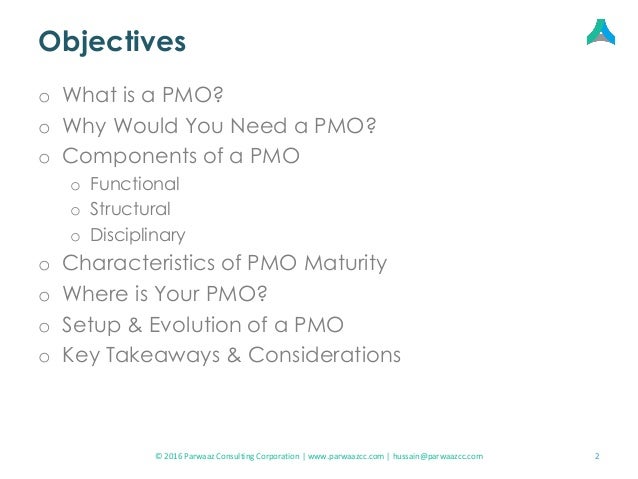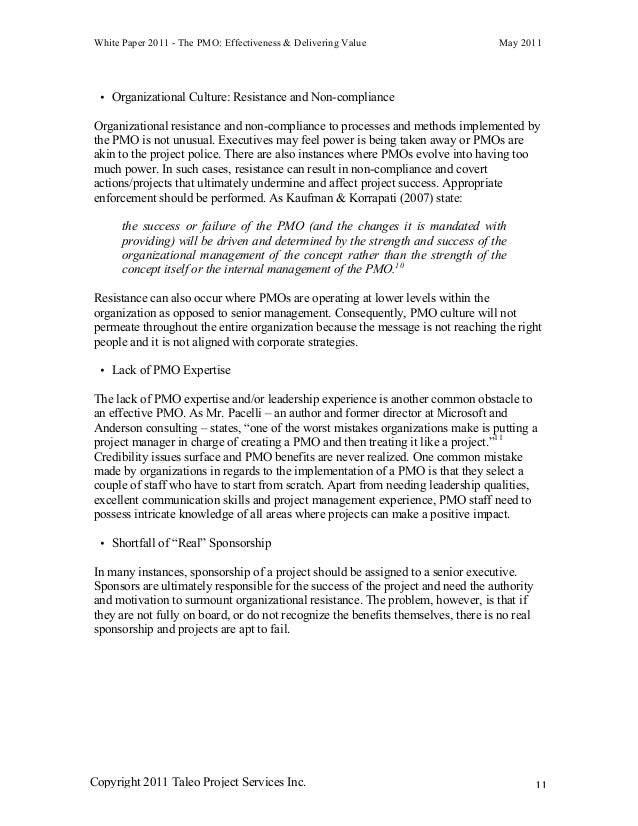
#THE ATEKPC PROJECT MANAGEMENT OFFICE ESSAY DRIVER#
The Project Management Institute (PMI) Program Management Office Community of Practice (CoP), describes the PMO as a strategic driver for organizational excellence, which seeks to enhance the practices of execution management, organizational governance, and strategic change leadership.
Project Management Center of Excellence (PMCoE): defines standardized project management standards, procedures, methods and tools to support project teams across an entire organization includes administrative services and training in process, methodology, and tools. Project PMO: established for the duration of a single large project or program includes administrative support, controlling, reporting and monitoring. Divisional PMO: provides support to projects for a specific business unit within an organization includes portfolio management, training, resource planning, and project coordination. Enterprise PMO: ensures that projects align with the organization strategy and objective these have the broadest remit of all PMO types, typically reporting direct to the CEO (or similar role), and have authority to make strategic and tactical decisions across all projects. There are a range of PMO types, including: Whilst PMO functions change through frequent transformations, it is argued that the core function of the PMO is to act as a catalyst for change and delivery within organizations Types Research indicates changes to portfolio management and methods, collaboration and accountability project management maturity and performance and work climate are all factors that drive PMO change. PMO departments change frequently and for a variety of reasons. In the Scaled Agile Framework the term APMO is used to define a PMO with a focus on supporting business agility. Some PMOs operate in specialist contexts. Darling & Whitty (2016) state there is a need for evidence-based management practice, that consultants and practitioners are providing unproven solutions which organisations both public and private are investing enormous quantities of finance to without assured outcome, further the publication of opinions without scientific basis in the field of science, medicine or law would not be tolerated, and it is equally important for justification to be presented in the management field. Hobbs & Aubry (2010) identified 27 distinct functions of PMOs highlighting a number of these that were found to not correlate to enhanced project performance. The PMBoK 5th edition dedicates a page and a half to such discussion identifying 6 PMO functions. There are many opinions and practices some say PMOs must fulfill. 
Directive, by taking control and managing the projects.Controlling, by requiring compliance for example.The degree of control and influence that PMOs have on projects depend on the type of PMO structure within the enterprise it can be: Tasks may include monitoring and reporting on active projects and portfolios (following up project until completion), and reporting progress to top management for strategic decisions on what projects to continue or cancel. PMOs may take other functions beyond standards and methodology and participate in strategic project management either as a facilitator or actively as owner of the Portfolio Management process. ĭarling & Whitty (2016) found there is the complexity of interconnections in PMO intellectual capital and though often the rationale for PMO establishment is to enhance stakeholder satisfaction with projects often the establishment of the PMO leads to significant dissatisfaction by senior management.

The survey indicates that operating an established PMO is one of the top three reasons that drives successful project delivery. It also found that using established project management approaches increased success as measured by a project's key performance indicators of quality, scope, schedule, budgets and benefits. As per a PricewaterhouseCoopers survey of 1,524 organizations, inadequate project estimating and planning constitutes 30% of project failures, lack of executive sponsorship constitutes 16% and poorly defined goals and objectives constitutes 12%. There are many reasons for project failures.






 0 kommentar(er)
0 kommentar(er)
